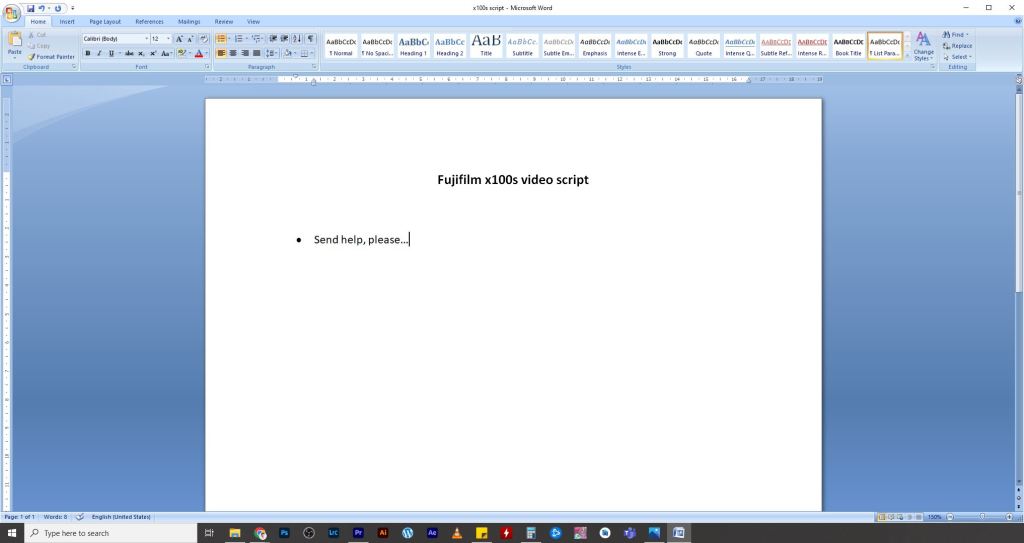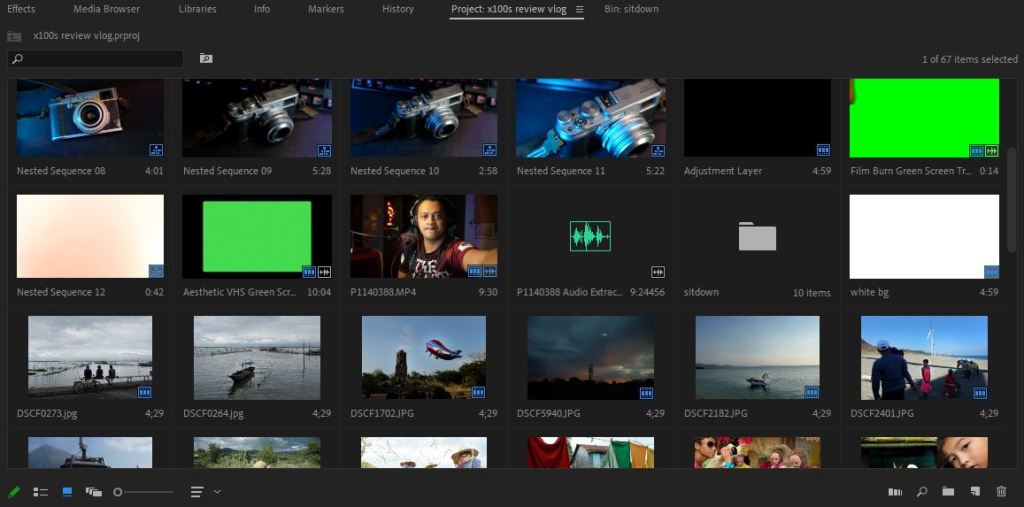Okay, so I attempted my second review video to talk about my favorite camera (the Fujifilm x100s) and it didn’t go as planned. No improvement from my first attempt at all! Well, the production did improve a little bit I must say. That said, I’m no stranger when it comes to making videos, I’ve done several short-form videos, event highlights, documentaries, and vlogs but never did I imagine that I’ll have a harder time shooting and editing a review video. For me, there is always something intimidating when you sit in front of a camera, staring and talking for a longer period of time. Talk about being conscious! I even giggled at myself several times during the shoot, seriously just watch it here.
Doing a review video can be challenging because your train of thought needs to be more “structured”. Unlike doing vlogs or documentaries, those kinds of videos have more leeway when it comes to improvising or going with the flow. Same as with editing, for the longest time, I have been blessed that I am able to pre-visual my edits while in the process of shooting. But all that pre-visualization went down the drain when I did review videos. I found out that I needed to do more preparations beforehand. And I am not talking about preparing your gears – that is the fun part – what I’m talking about is the pre-production stuff.

Learning from my shortcomings, below are some guides on how to do a better review video than mine. Hopefully, I’ll keep these in mind too. 😛
Review video checklist:
Whenever you create a review video, I think research is the most important thing. Whether it’s researching about the product or watching your favorite YouTuber on how they make their content, having the knowledge and the know-how is a great starting point. It doesn’t matter if you think you know about your product beforehand, believe me, you’ll either forget about some specs or will totally double guest if you don’t do your research.
As for the script and shot list, they will be your guide throughout making the video, you don’t have to memorize your script word by word, you just have to understand it and get the flow. And for the shot list, this is to avoid unnecessary reshoots while editing.

Now that you have the research and scripts down, it is now time to deliver them on camera. And no matter how prepared or knowledgeable you are, if you can’t deliver it with confidence you will 100% come out as unprepared and someone who doesn’t know what they are talking about. This for me was my biggest downfall. Being confident in your delivery will not only make your presentation clearer but will also show that you are indeed someone who has authority over what you are presenting. This in turn will keep your audience interested and make you believable.
Next B-rolls. I can’t stress this enough, shoot as many B-rolls as you can. B-rolls are life saviors, especially on videos that involve a lot of talking. You can insert your B-rolls during long talks and make your video a lot more interesting and not dragging. Just be sure that your B-rolls relate to what you are actually talking about.
No video can be considered good without proper audio. So do yourself a favor and start recording with as clean audio as you can. Minimize background noise, invest in a good mic and choose your music wisely. These will not only make your videos 10x better but will also eliminate possible headaches during post-production.
As always, thank you for reading my blog. If you are curious about my Fujifilm x100s review video, you can watch it below:
